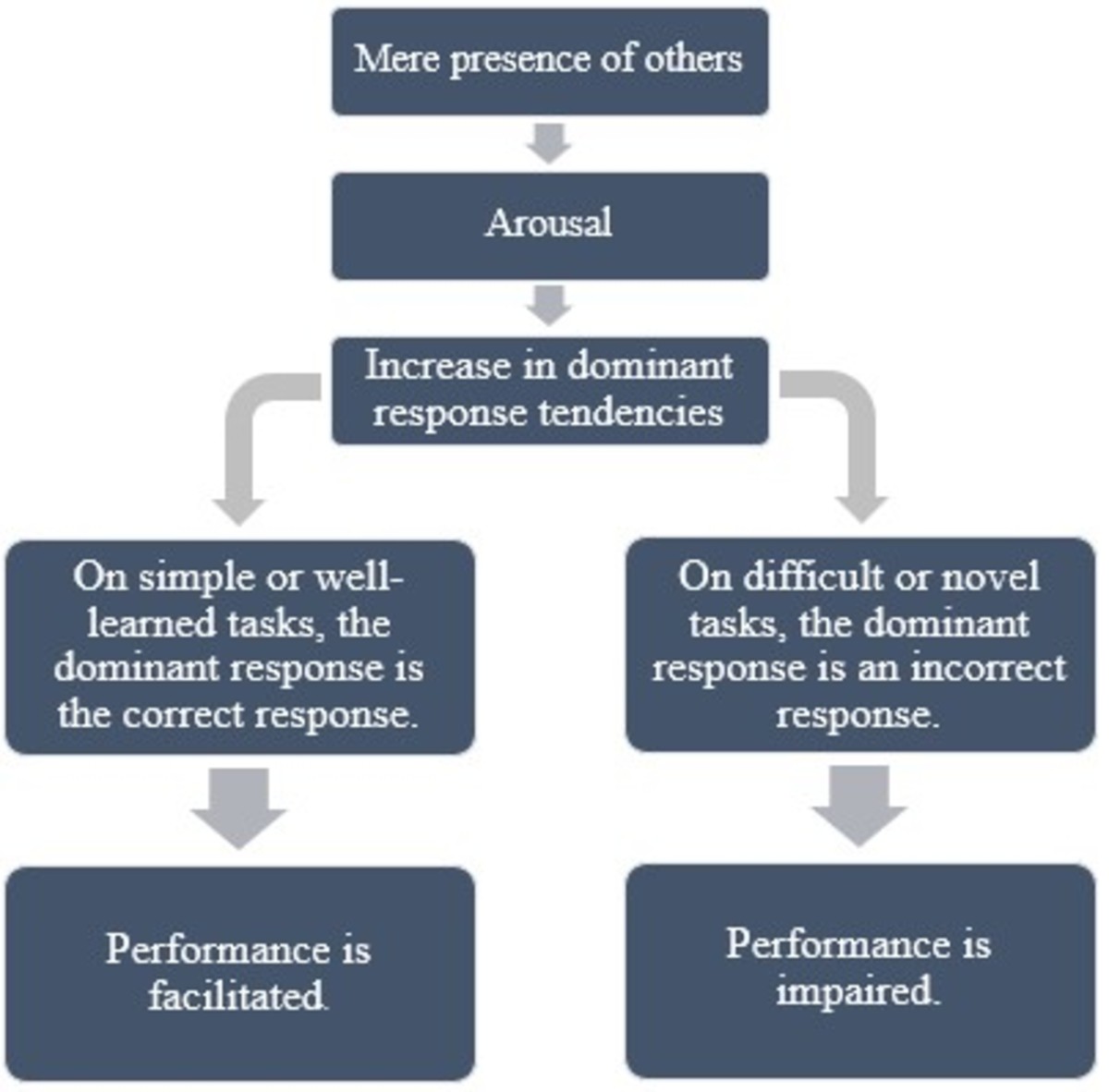Tackling Tantrums For Attention Seeking Behaviours In Children
Attention Seeking Tantrums

What is a tantrum?
Whether tantrums are functioning as attention seeking behaviours or not most often a tantrum is simply a form of communication. It's a way for a child to say: "Look, parents, teachers and everybody else, you'd better give me what I want and quickly!”
Tantrums have cycles.The usual pattern is as follows:
-
A beginning when distraction or intervention may work
-
A middle were the tantrum is in full flight, here its more a case of damage limitation as a child will likely be beyond distraction and any interaction at this point may only serve to escalate the situation
-
The end or wind down, were the child is in the process of calming down.
Why do children have tantrums?
Mostly, it’s because they work! Tantrums are a very effective way for children to get what they want, or they would not do them, they simply would not exert all that energy for nothing.
What do children want?
Sweets, attention, to be left alone, a favourite toy, not to go to bed, to continue playing , more treats, no more vegetables, no more noise and so on and so forth . Children can appear very demanding and impatient, wanting what they want, when they want it, which is usually 'right now'. Patience may be a virtue but as anyone with experience of small children can readily attest it’s not something we’re born with.
"Help me with my kids" you say! So what can you do about it?
1. Always Keep in Mind that Tantrums are a Form of Communication
Whilst tantrums can be frustrating or even infuriating at home and even more intense and embarrassing in public they are usually just your Child's most effective way of communicating what it is they want or need. If you’re lucky you may be able to quickly discover what it is they want and why they are having a tantrum. If your child has special needs or language difficulties, teaching alternative ways to augment communication such as using a visual communication strategy or system such as PECS may help reduce your Child's need to communicate with their behaviour. Continually reminding yourself that a tantrum is your Child's way of communicating and not just them ‘being bold’ does help to increase your own tolerance during those particularly trying times. Being able to control your own emotions during these stressful times also helps to prevent any further escalation to already tense situations.
2. Learn to appropriately use Planned Ignoring
Tantrums and attention seeking behaviour often go hand in hand. Planned ignoring is a strategy to deal with behaviours that thrive on attention. If deemed an appropriate strategy and with reference to the provisos detailed below Planned Ignoring involves the parent or caregiver completely ignoring the Tantrum in all and every situation, or this approach will fail to work. You are attempting to teach your child that you will never give into them when they Tantrum.
What happens when we ignore, yell, or punish for a while and then eventually give in? The child learns that for a tantrum to work, it must be loud and prolonged. In other words, you run the risk of creating a worse situation than you started with. It is important to keep in mind that even if you do not respond to a tantrum on many of the occasions that it occurs that the tantrum behaviour can still be kept firmly in place by it occasionally being successful for the child. When this type of situation occurs the tantrums are on what is known by behaviourists as an intermittent reinforcement schedule. Namely the child’s behaviour sometimes results in a payoff and sometimes it doesn’t. This is the same type of reinforcement that occurs for example in gambling whereby the gambler often fails to win or hit but knows that sometimes they will, a very powerful form of reinforcement indeed.
Guidelines for the Planned Ignoring of Tantrums
-
Everybody with regular contact with your child should agree to respond to each and every tantrum in the same way
-
You must be consistent in tackling tantrums whenever and wherever they occur. Treat the Tantrum as if it does not exist. Do not look at or touch the child (bar ensuring your child’s safety). Do not talk to your child, correct your child, yell at your child, threaten your child, reason with your child, comment on the tantrum, explain your actions to the child or otherwise attempt to comfort or console your child
-
You may praise other children for their appropriate behaviour during this time but do not talk to others in the room about the child’s tantrum. If other adults are present you may engage them in unrelated chat but otherwise should busy yourself with other activities
-
When the tantrum stops (initially this may take a long time), wait a few minutes before praising your child for their next appropriate behaviour. Do not discuss the tantrum and refrain from giving your child the item or privilege they were tantrumming for until at least 20 to 30 minutes have passed. At that time it maybe appropriate to say: "Now ask me again for a biscuit” (or whatever the item/activity that set the tantrum off).Then you should praise the child for asking appropriately and provide the item/activity concerned
- Planned Ignoring should be paired with praise. Whilst ignoring particular target behaviours it is very important to provide the child with praise and attention for exhibiting any other positive or preferred behaviour. This works to increase the positive behaviours in question whilst at the same time reducing the Childs need to seek out the more negative attention previously attained by engaging in the target or undesirable attention seeking behaviour.
Important Provisos:
-
You must make sure that ignoring the behaviour in question will not be dangerous or unsafe for the child concerned or for anyone else
-
Keep in mind that behaviour often worsens before getting better.Therefore you must determine that those involved can tolerate the temporary but perhaps prolonged escalation of challenging behaviour that usually accompanies the introduction of a planned ignoring strategy
- Remember that very established behaviours can take a long time to eliminate or overcome
- As a general rule a period of at least 1 month should be allowed before assessing the true effectiveness of a given planned ignoring strategy or indeed before deciding to give up. However you will often see positive results much quicker than that
-
Occasionally a tantrum may go too far. If a child starts to hurt or become a danger to himself or others Planned Ignoring is not appropriate and you will need to intervene to ensure the safety of all concerned
-
Don’t give up and try not to be discouraged as whilst very effective if strictly followed Planned Ignoring can be far harder than it sounds to implement consistently
-
Always keep in mind that you are ignoring the behaviour in question and not the child.This is an important distinction which can sometimes inadvertently be forgotten
-
Remember to be consistent and don’t forget to ‘Catch them when they’re good’!!
Additional Cautionary Notes: Be sure you know the function of the behaviour.
The same behaviours in this case 'tantrum behaviours' can occur for many different reasons other than as attention seeking behaviours.In fact the same child can engage in the same behaviour at different times for different reasons.It is therefore important to note that whilst 'Planned Ignoring' may often comprise part of your behavioural intervention, it should only be your sole strategy when you are sure the behaviour in question is purely an attention seeking behaviour.If for example the tantrum behaviour is occurring because your child has no other way to communicate, ignoring the behaviour without for instance, also teaching a child a new or more appropriate way to communicate, will not work and is clearly unfair to the child. Likewise if a child uses tantrum behaviours in order to escape certain situations or demands or unfavourable activities or indeed to be left alone then clearly ignoring those behaviours would be the wrong response and could even reinforce (make more likely) those same tantrum behaviour in the future.
- Monster Fear: Strategies for Helping Young Children Overcome the Fear of Monsters
Fear of Monsters is very common amongst young children. Fortunately there are a number of very effective strategies for overcoming the Fear of Monsters. - A simple strategy for helping young children to accept turn taking and sharing
Turn taking and sharing don't come naturally to young children.Thankfully there are simple turn taking strategies and sharing strategies that can really speed up this process and help you out with young children that struggle with this.










